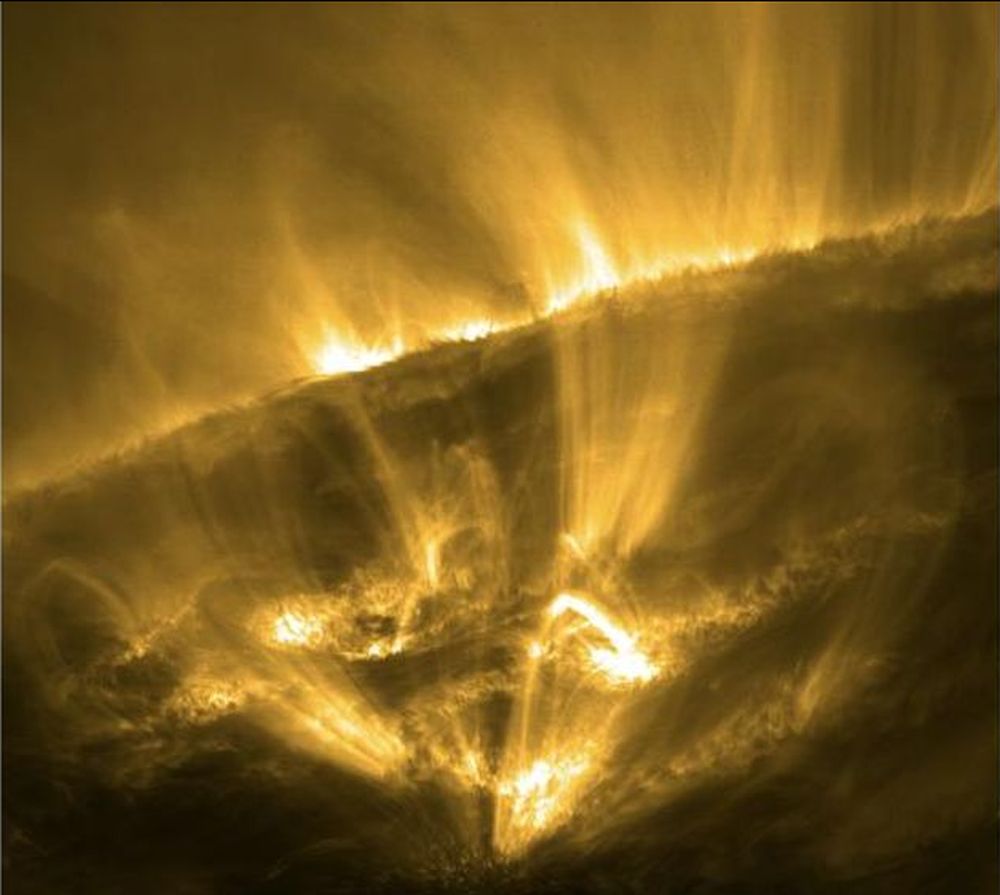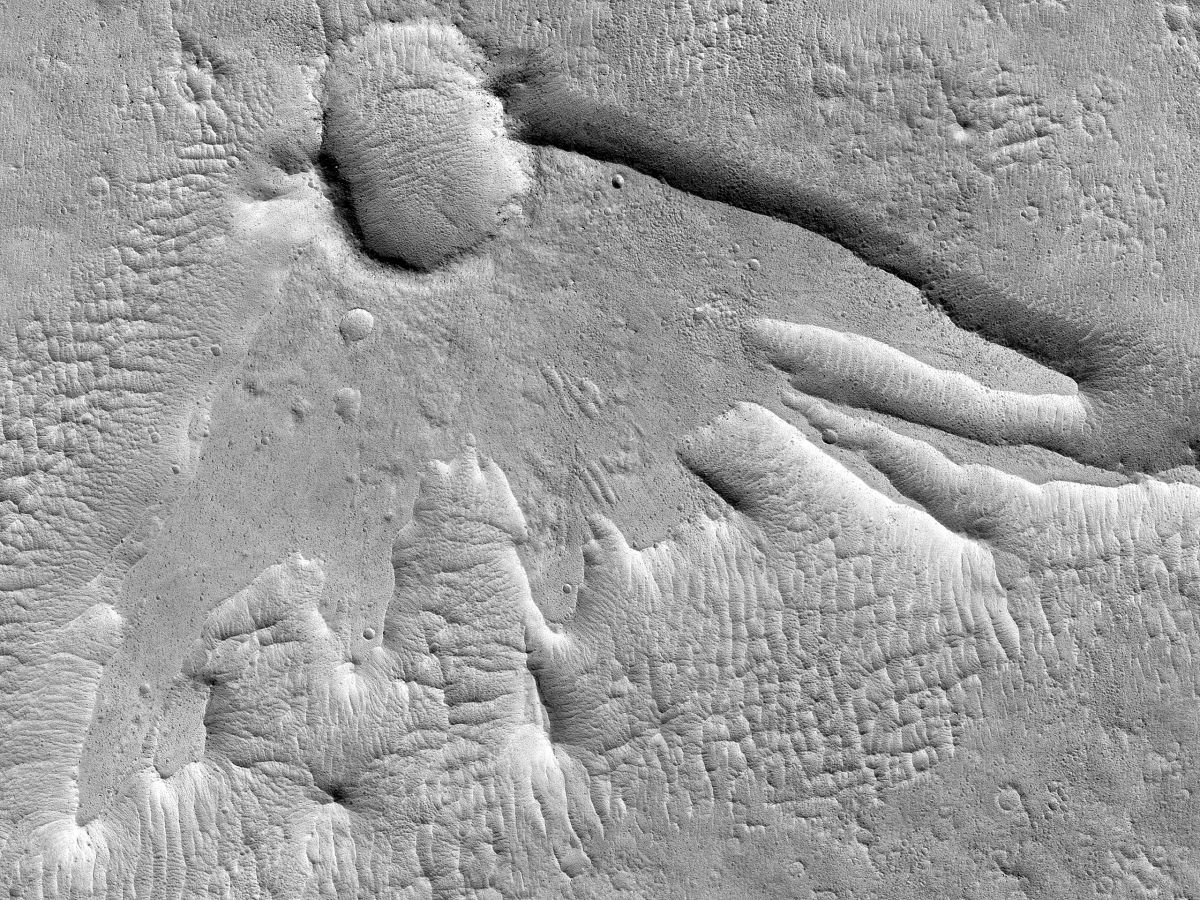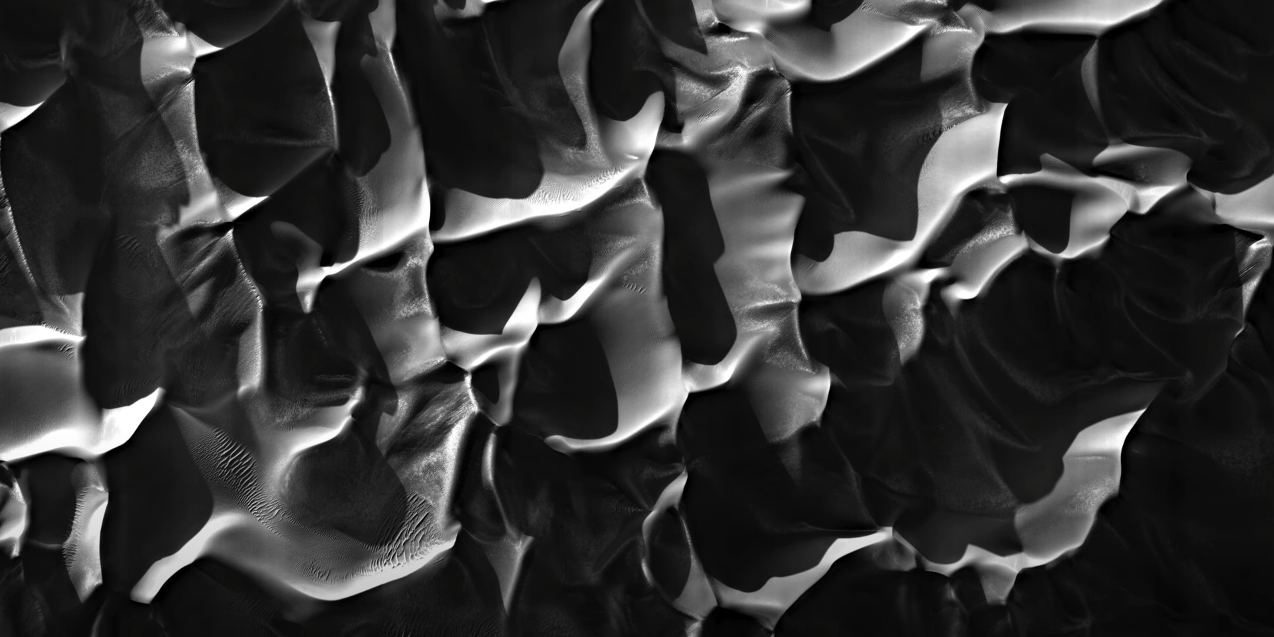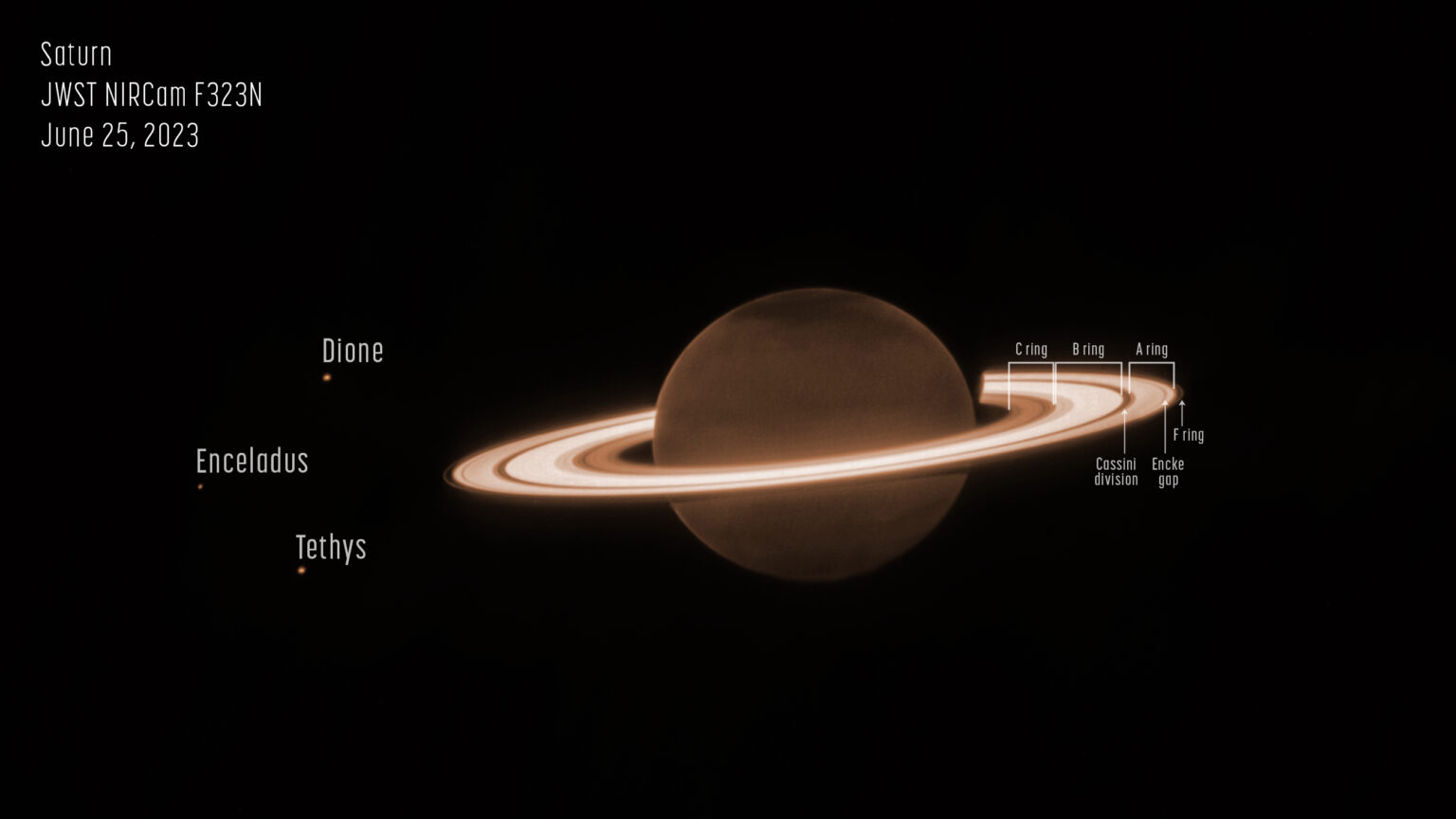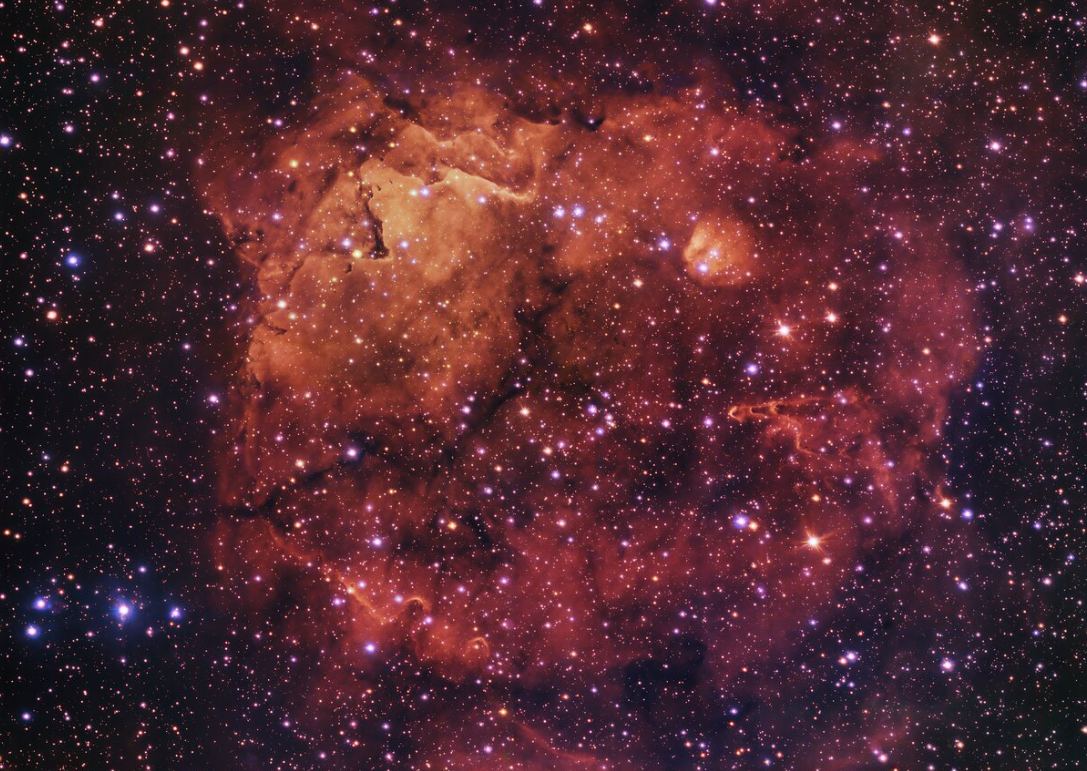The Sun dominates the Solar System in almost every way imaginable, yet much of its inner workings have been hidden from humanity. Over the centuries, and especially in the last few decades, technological advancements allowed us to ignore our mothers’ exhortations and stare at the Sun for as long as we want. We’ve learned a lot from all those observations.
A new study shows how the Sun experiences its own ‘meteor showers.’
Continue reading “The Sun Gets Meteor Showers Too, But They’re Very Different”
